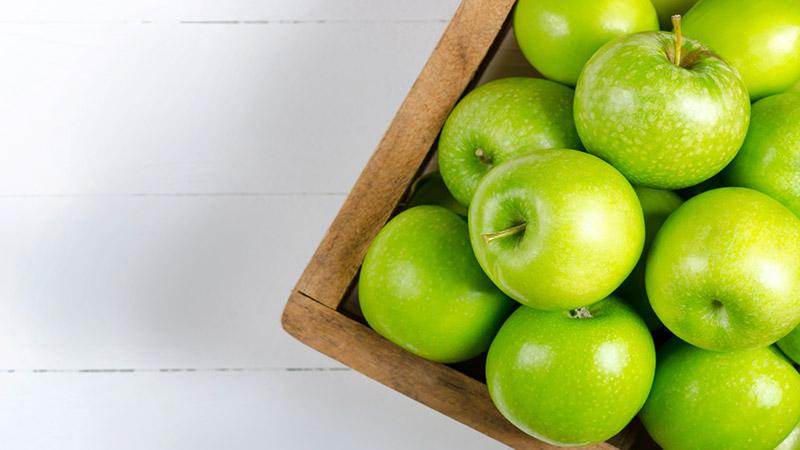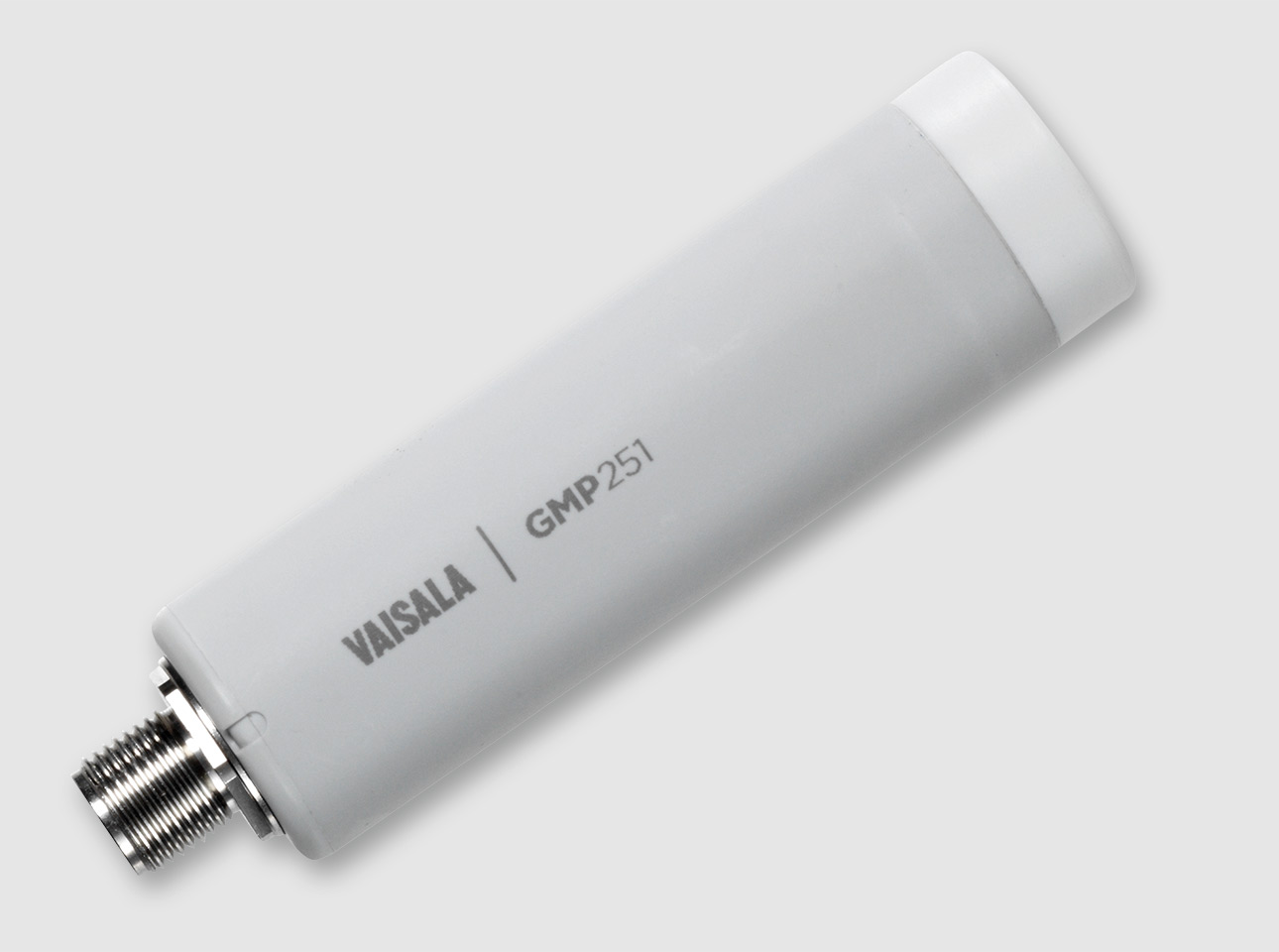Maintaining harvest fresh apples
Controlled atmosphere storage requires accurate carbon dioxide measurements
Controlled atmosphere (CA) storage is a widely used technique for long-term storage of freshly picked fruits and vegetables. Historically, CA storage has been the primary method for the long-term storage of apples. Through a biological process called respiration, apples take in oxygen and generate carbon dioxide, water, and heat. Controlled Atmosphere storage is an entirely natural process that reduces the effects of respiration to a minimum by controlling the environmental conditions surrounding the stored fruit. CA storage makes it possible to buy crisp, juicy apples year round. Many cultivars of apples can be preserved for a remarkable 9 – 12 months in CA storage, as opposed to only 2 – 3 months if using refrigerated storage.
Optimal conditions important
In order to effectively preserve apples the storage atmosphere must have a controlled amount of humidity, oxygen (O2), carbon dioxide (CO2) and temperature. The essence of CA storage is the range for O 2 and CO2 concentrations, which both must be kept between 0.5 to 2.5%. The precise optimum concentrations vary for different varieties of apples (i.e. Golden Delicious apples may need different conditions than Jonagold apples, etc). The relative humidity is kept in the range between 90 to 95%. High relative humidity slows down water loss and enhances storage life of the produce, but humidity too close to saturation encourages bacterial growth. Temperature in the storage container is maintained around 1°C, the lowest possible temperature before damage to tissue occurs.
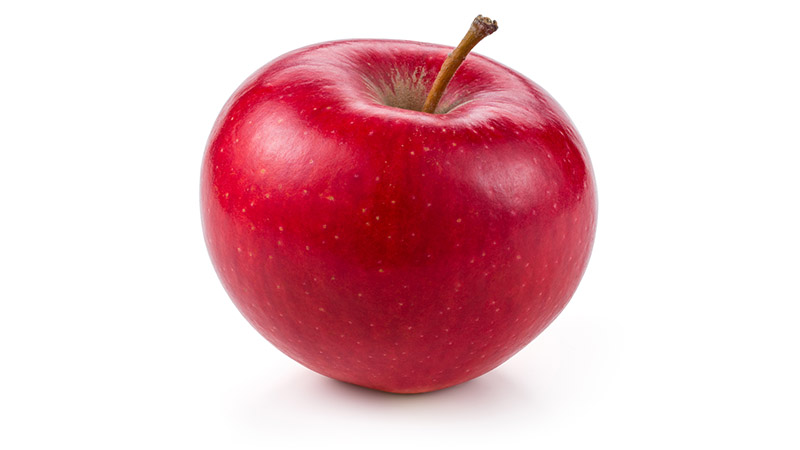
Carefully designed process
The typical process for CA storage begins by filling a storage chamber with apples. Some chambers are large enough to contain up to 400 tons of apples. The refrigeration apparatus is then activated to achieve the target temperature of 1°C. During cooling, the windows or other chamber openings are left open to prevent a possible collapse due to pressure changes. When the desired storage temperature is reached , the room is sealed airtight CA door. Once sealed, a nitrogen generator is started to purge the O2 concentration in the chamber from 21% ( found in normal air) to approximately 3%. Once this level is reached the fruit will continue to reduce the O2 concentration through the respiration process. If the O2 concentration were to ever fall to zero th e apples would suffer unwanted and irreversible fermentation reactions in the fruit. If O2 levels drop below the safe concentration, outside air is added to the chamber to raise O2 concentration to the intended level.
In addition to generating CO2, the apples also generate ethylene gas which accelerates ripening. Increased levels of CO2 will halt the ethylene production and therefore slow the ripening process of apples dramatically. However, if the CO2 concentration is too high it may terminate the life of the apple by destroying appearance, flavor, and nutritional value. In order to maintain the CO2 at the desired level, the excess CO2 must be removed from the air in the chamber. Gas analyzers are used to monitor and control the addition and removal of O2 and the reduction of CO2 through the course of the storage period. Because of their responsibility to control the desired gas concentrations in the chambers, these analyzers are critical to the operation of the entire system.
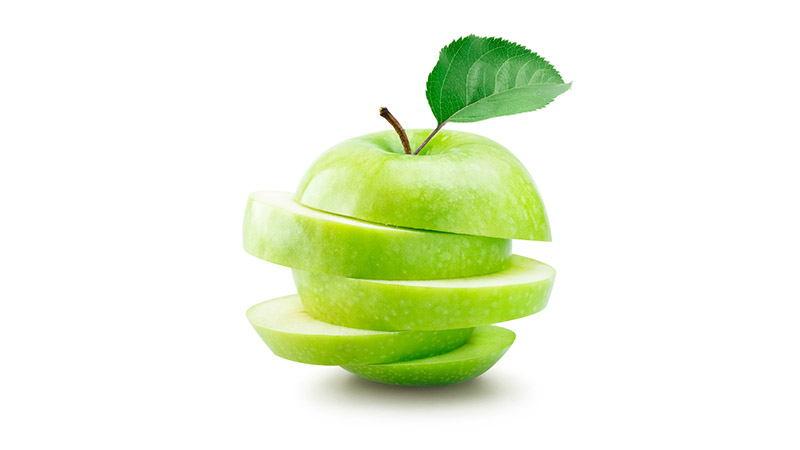
From bags of lime to more sophisticated methods
Years ago, chamber operators used hydrated lime to control the CO2 in the fruit store. Bags of lime were loaded on pallets and placed into the store which absorbed all the CO2 that was emitted from the apples, eventually leaving the store with no CO2. Lime (calcium oxide, CaO) absorbs CO2 and in turn reacts to form calcium carbonate (limestone, CaCO3). Once all the lime was converted to calcium carbonate, the operator was forced to manually vent or flush the room with nitrogen to control the CO2 level. Nitrogen generators require large,high-power air compressors that can be costly to run with continuous usage. A carbon dioxide scrubber is a more efficient and affordable tool for removing and controlling CO2 inside a fruit store. CO2 scrubbers not only remove CO2, but also remove some volatile organic carbons (VOCs) and ethylene, allowing optimal storage of fruit.
Seriously smart CO2 scrubbers
Storage Control Systems, Inc. is a company that specializes in gas analyzers, nitrogen generators and CO2 scrubbers for CA storage systems. Having been in the business for over 25 years, they are one of the longest established CA companies in the world. SCS supplies a unique CO2 scrubber called the Series II Smart Scrubber. This scrubber consists of two cylindrical beds containing activated carbon. Activated carbon is a porous adsorbent material, meaning that the carbon dioxide molecules are attracted to and adhere to the s u r f a c e o f t h e c a r b o n m e d i a . The activated carbon gradually becomes saturated, so it is necessary to periodically purge the beds with fresh air to remove the CO2. The unit is programmed to adsorb on one bed, while purging with fresh air on the other to allow for continuous scrubbing. The Series II Smart Scrubber is also programmed with a “DeOx” cycle to minimize oxygen feedback to the CA room. The Series II Scrubber uses a programmable logic controller (PLC) with a color touchscreen interface to carry out its control and sequencing functions. The PLC operator interface allows simple programming of CO2 concentrations, resulting in highly effective fresh fruit storage regimes.
The Vaisala CARBOCAP® Carbon Dioxide Module GMM221 is used to monitor the CO2 output from the beds, which controls the switching of the process from scrubbing to regenerating or vice versa at the most efficient point. Also, a snapshot of the CO2 coming from the room is taken at the beginning of the cycle using the GMM221. This information is logged into the PLC, which uses the readings to set the optimal scrub and regeneration set points. The Vaisala carbon dioxide sensor is highly stable, very reliable, does not require routine calibration and is able to read gas concentration level s over several months to an accuracy of <0.5%. This is critically important for successful long-term fruit storage and requires minimal maintenance by the operator.
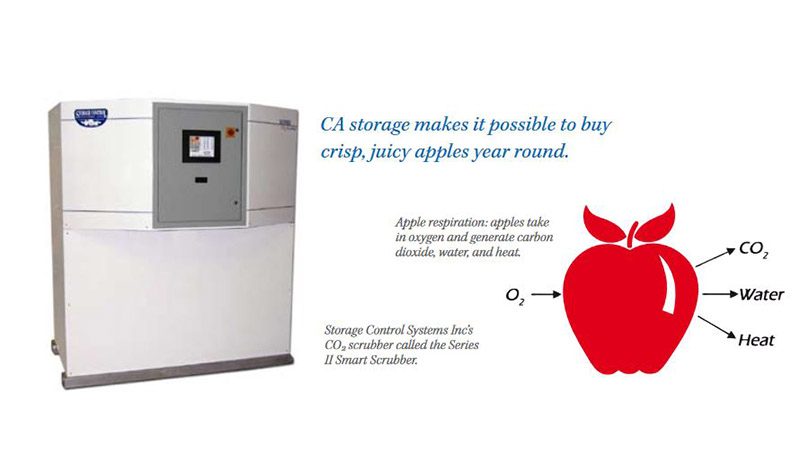
The article was first published in Vaisala News 175 / 2007 (Penny Hickey, Application Engineer, Vaisala, Woburn, MA, USA).
GMM221 is replaced with GMP251.
